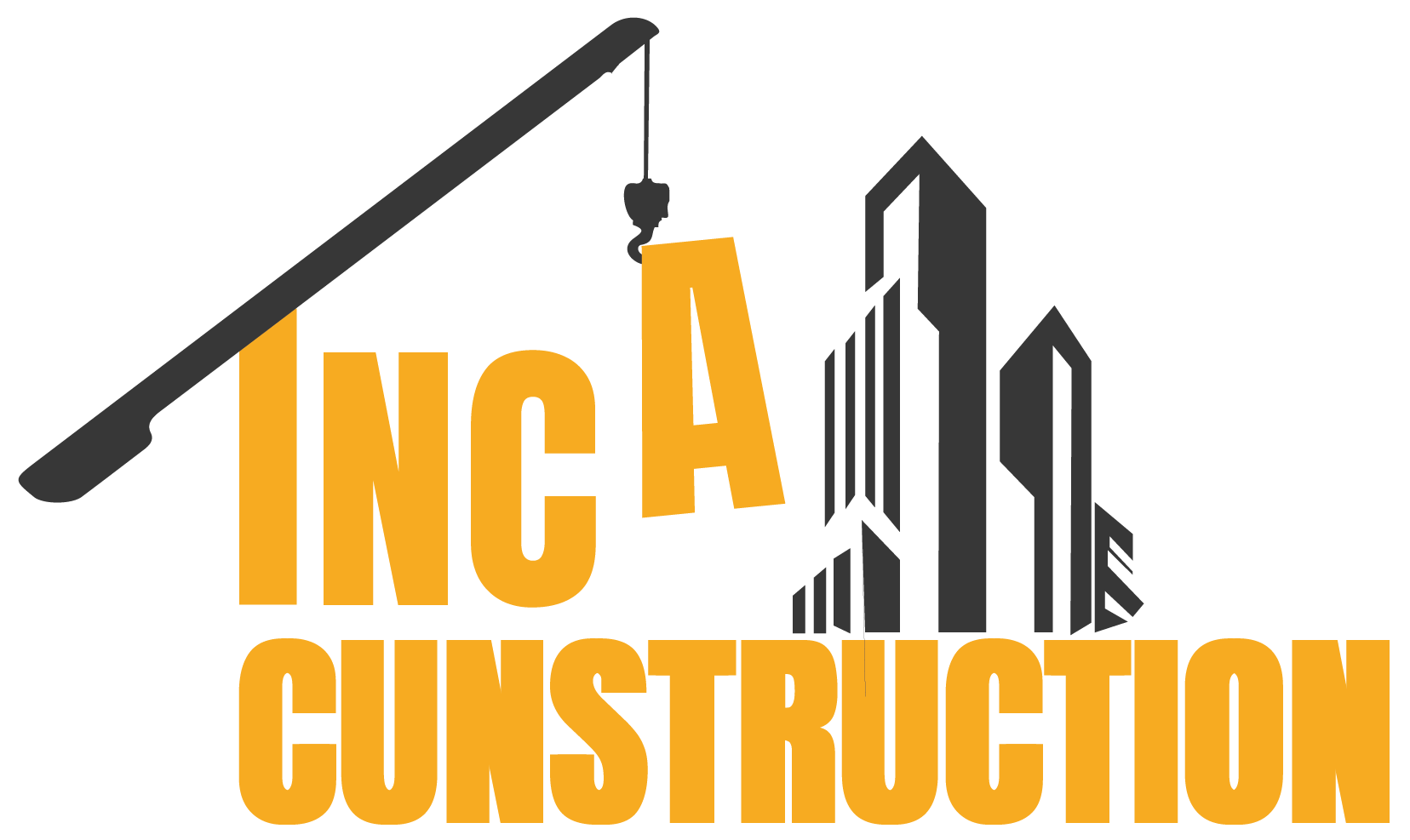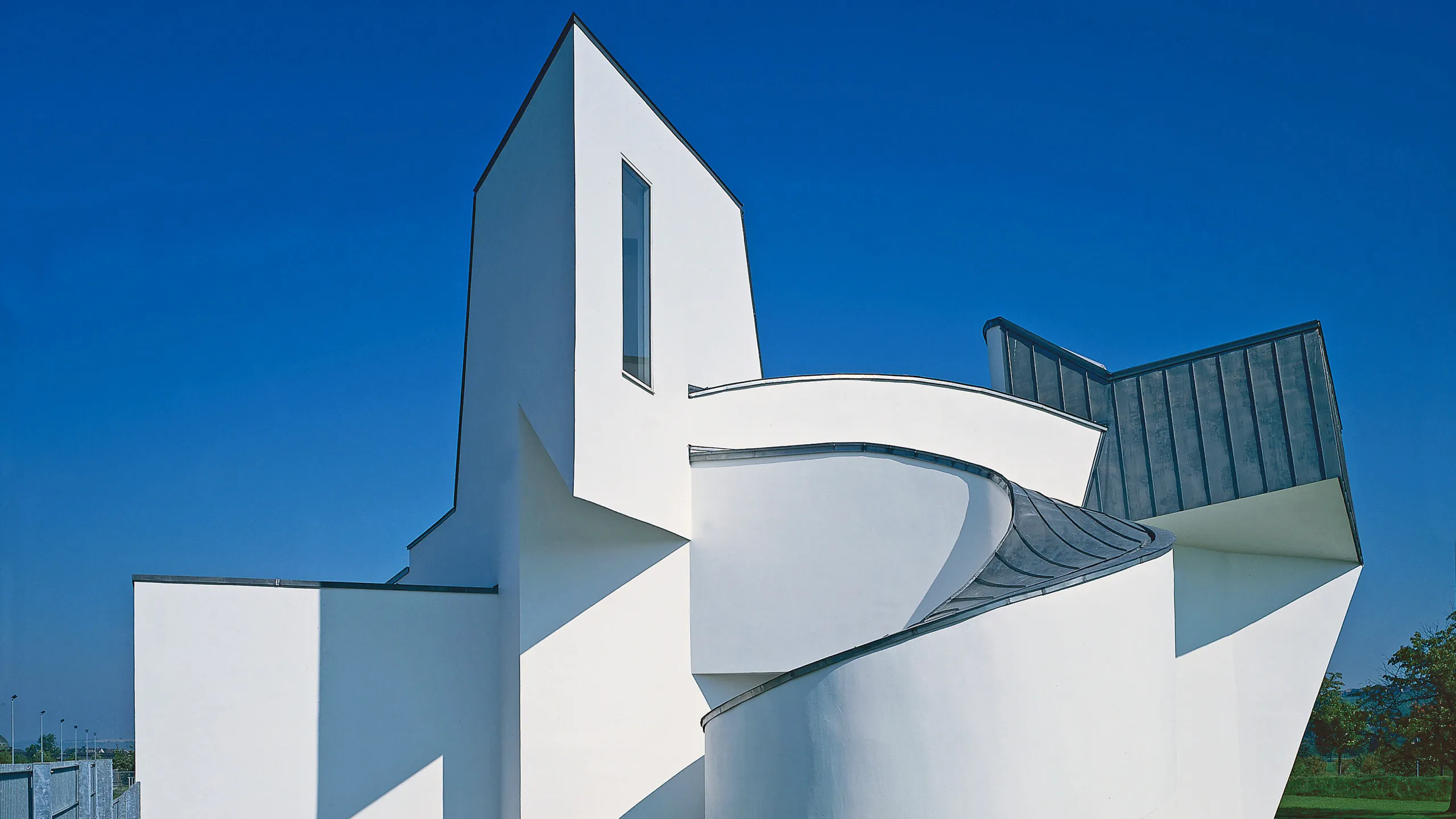The first time I stood in front of a Bauhaus-style building, I wasn’t sure what made it special. It looked simple—almost plain. But the longer I looked, the more I noticed: the balance, the intentionality, the way form followed function. That’s when I got it—Bauhaus wasn’t just a style. It was a philosophy.
Whether you’re an architecture lover or just curious why so many modern buildings look the way they do, Bauhaus architecture has shaped the spaces we live, work, and create in more than most people realize.
🏢 What Is Bauhaus Architecture?
Bauhaus architecture is a design movement that originated in Germany in the early 20th century, centered around the idea that design should serve a function—and beauty comes from simplicity and purpose.
The name comes from the Bauhaus School, founded by Walter Gropius in 1919 in Weimar, Germany. Though it only lasted until 1933 (due to political pressures), its influence on modern architecture, design, and art is enormous.
🧱 Key Principles of Bauhaus Architecture
At its core, Bauhaus rejects ornamentation for the sake of decoration. Instead, it values clean lines, practical materials, and unity between design and function.
Here are the defining characteristics:
1. Form Follows Function
This is the golden rule of Bauhaus. Every design choice should support how the space is used.
2. Simplicity and Minimalism
Forget frills and fancy trims. Bauhaus buildings favor clean geometric forms, like squares, rectangles, and flat roofs.
3. Open Floor Plans
Bauhaus broke away from traditional compartmentalized layouts, favoring flexible, open interior spaces.
4. Industrial Materials
Think glass, steel, concrete, and white stucco. These materials were chosen not only for their look but for affordability and durability.
5. Unity of Art, Craft, and Technology
The Bauhaus movement blurred the lines between fine art and functional design, combining creativity with craftsmanship and modern technology.
🏛 Notable Examples of Bauhaus Architecture
If you want to see Bauhaus in real life, here are a few standout structures:
🏫 The Bauhaus Building (Dessau, Germany)
Designed by Walter Gropius in 1925–26, this is the iconic visual reference for Bauhaus design—glass curtain walls, steel frames, and a modular layout that’s still futuristic.
🧱 Fagus Factory (Alfeld, Germany)
One of the earliest examples of modern industrial design. Built by Gropius before the Bauhaus was founded, but fully embodies the movement’s ethos.
🏠 Weissenhof Estate (Stuttgart, Germany)
A 1927 housing development featuring work from Bauhaus architects including Ludwig Mies van der Rohe. Functional, minimalist homes that feel surprisingly current.
🏙 Tel Aviv’s “White City”
Over 4,000 Bauhaus-style buildings were constructed by German Jewish architects who fled Nazi Germany. It’s now a UNESCO World Heritage site.
🌍 Bauhaus Beyond Germany: Global Influence
Though the Bauhaus School closed in 1933 under Nazi pressure, its ideas didn’t die—they spread worldwide.
Architects like Mies van der Rohe brought Bauhaus to the U.S., influencing the International Style and iconic skyscrapers in Chicago and New York. You can also see Bauhaus fingerprints in:
-
Mid-century modern homes in the U.S.
-
Furniture design (hello, Wassily chair and Marcel Breuer’s tubular steel)
-
Contemporary minimalist architecture around the world
Bauhaus laid the groundwork for modern architecture’s love of glass walls, open spaces, and clean edges.
🏠 Why Bauhaus Still Matters Today
We’re living in a world where simplicity and sustainability are more important than ever. Bauhaus anticipated that—by nearly a century.
Here’s why it remains relevant:
-
It inspires functional, human-centered design
-
It values efficiency and sustainability
-
It continues to shape urban housing, especially in tight city spaces
-
It teaches us that design can be beautiful without being flashy
Whether it’s your local library, a tech office, or your IKEA desk at home—there’s a good chance it carries the spirit of Bauhaus.
✅ Final Thoughts: The Legacy of Less
Bauhaus taught us that design isn’t about showing off—it’s about showing up for people. A well-designed building doesn’t just look good—it works better, feels better, and lasts longer.
In a time when our lives are cluttered with distractions, Bauhaus reminds us that less can be more, and that true beauty often lives in simplicity, structure, and purpose.


